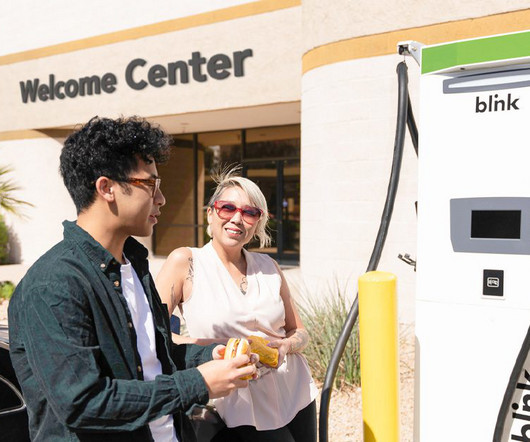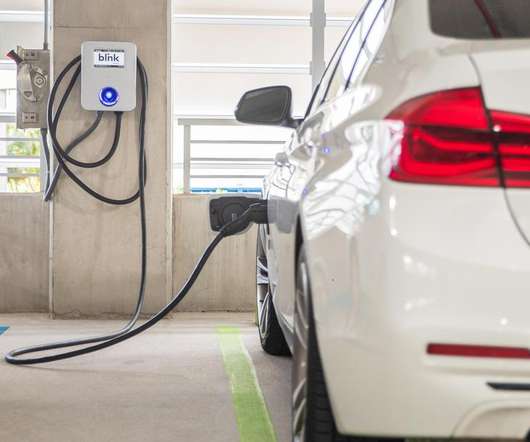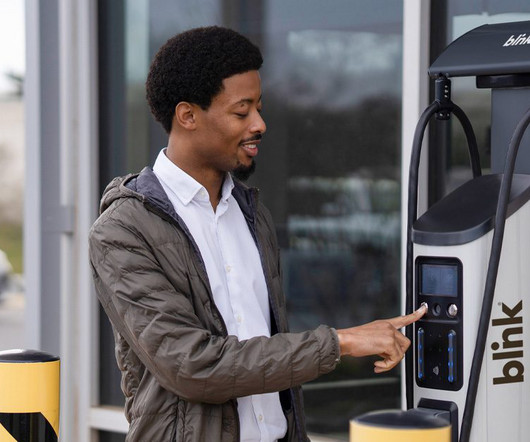How Truck Stops and Convenience Stores Can Benefit from Holiday EV Travel
Blink Charging
DECEMBER 14, 2023
This introduces a new worry: EV range anxiety, or the fear that their vehicle will run out of electric power. Convenience stores, fuel stations, and truck stops are essential to building range confidence among EV drivers. DCFCs are capable of charging a vehicle battery in under an hour.












Let's personalize your content